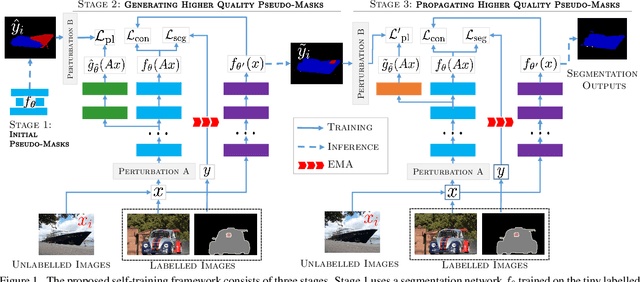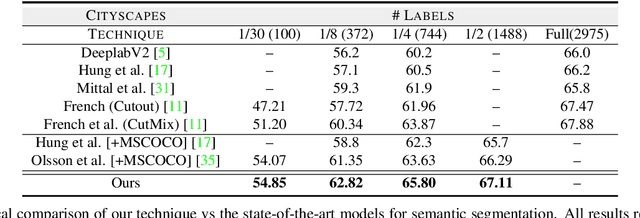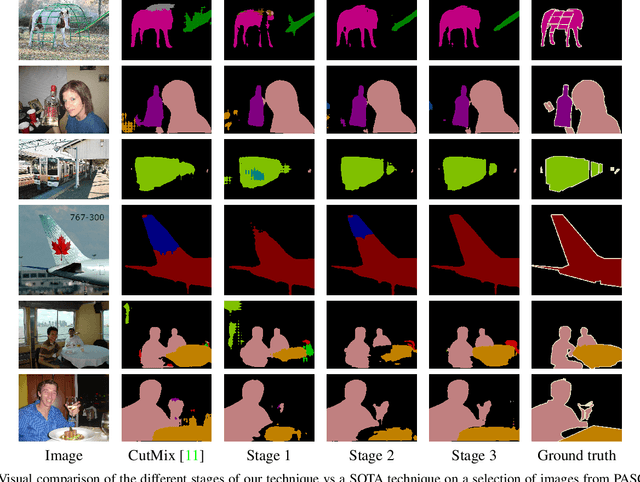Saurabh Pandey
Outlier-Robust Multi-Model Fitting on Quantum Annealers
Apr 18, 2025Abstract:Multi-model fitting (MMF) presents a significant challenge in Computer Vision, particularly due to its combinatorial nature. While recent advancements in quantum computing offer promise for addressing NP-hard problems, existing quantum-based approaches for model fitting are either limited to a single model or consider multi-model scenarios within outlier-free datasets. This paper introduces a novel approach, the robust quantum multi-model fitting (R-QuMF) algorithm, designed to handle outliers effectively. Our method leverages the intrinsic capabilities of quantum hardware to tackle combinatorial challenges inherent in MMF tasks, and it does not require prior knowledge of the exact number of models, thereby enhancing its practical applicability. By formulating the problem as a maximum set coverage task for adiabatic quantum computers (AQC), R-QuMF outperforms existing quantum techniques, demonstrating superior performance across various synthetic and real-world 3D datasets. Our findings underscore the potential of quantum computing in addressing the complexities of MMF, especially in real-world scenarios with noisy and outlier-prone data.
A Three-Stage Self-Training Framework for Semi-Supervised Semantic Segmentation
Dec 01, 2020



Abstract:Semantic segmentation has been widely investigated in the community, in which the state of the art techniques are based on supervised models. Those models have reported unprecedented performance at the cost of requiring a large set of high quality segmentation masks. To obtain such annotations is highly expensive and time consuming, in particular, in semantic segmentation where pixel-level annotations are required. In this work, we address this problem by proposing a holistic solution framed as a three-stage self-training framework for semi-supervised semantic segmentation. The key idea of our technique is the extraction of the pseudo-masks statistical information to decrease uncertainty in the predicted probability whilst enforcing segmentation consistency in a multi-task fashion. We achieve this through a three-stage solution. Firstly, we train a segmentation network to produce rough pseudo-masks which predicted probability is highly uncertain. Secondly, we then decrease the uncertainty of the pseudo-masks using a multi-task model that enforces consistency whilst exploiting the rich statistical information of the data. We compare our approach with existing methods for semi-supervised semantic segmentation and demonstrate its state-of-the-art performance with extensive experiments.
 Add to Chrome
Add to Chrome Add to Firefox
Add to Firefox Add to Edge
Add to Edge